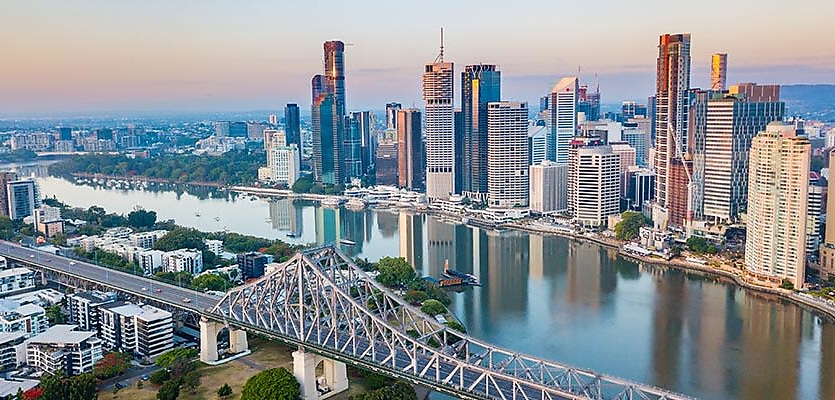The Queensland capital is forecast to witness Australia’s highest industrial rent growth in 2024, on par with Sydney.
According to Knight Frank, industrial rents in Brisbane are forecast to rise 6 per cent in 2024, bringing the total rental returns for industrial properties to 16 per cent.
Brisbane will tie with Sydney, which is also set to rise 6 per cent in the year to come, and beats the forecasts for all other Australian capital cities, including Melbourne at 4 per cent, Perth at 4 per cent, and Adelaide at 3 per cent.
While the pace of growth has slowed compared to the double-digit highs of the post-pandemic era, Knight Frank revealed that rents “still have further to rise”.
According to Knight Frank, rents continue to make up a comparatively low proportion of operational costs for companies, and end consumers generally shoulder the increases. The firm also cited broader global trends towards industrial rent increases as another factor contributing to Australia’s projected rise.
Over Q3 2023, Brisbane saw prime industrial rental growth of 2 per cent, slightly behind Sydney and Melbourne. While overall availability in Brisbane rose during Q3, prime industrial vacancy dropped by 26 per cent.
Jennelle Wilson, partner of research and consulting, Queensland, at Knight Frank, explained: “Vacancy has lifted from recent extreme lows, but much of the increase over Q3 came from secondary space.”
The over 150,000 square metres of secondary space currently available is “almost exclusively backfill space for tenants who have upgraded to prime or newly built space,” said Ms Wilson.
Moreover, she noted that speculative space also comprises a substantial proportion of industrial vacancy, with speculative projects comprising 47 per cent of total vacancy – significantly above the 10-year average.
Mark Clifford, head of industrial logistics, Queensland, at Knight Frank, noted that the widening array of options is attracting a diverse range of tenants.
“A broad range of users are active, but transport, postal and warehouse tenants remain the most active, making up 34 per cent of take up over the past 12 months,” said Mr Clifford.
“While supply – and choice for tenants – has risen, with available supply still set to remain tight for the foreseeable future, rental growth is expected to continue, albeit at a slower pace.”
As tenants become increasingly cautious in the wake of rent rises, Mr Clifford stated that owners who wish to stretch or maintain high rents may increasingly offer incentives to get tenants on their side.
“A wider range of reported incentives is expected as tenants face strong competition on some assets, while income security is sought on others,” he concluded.

Never miss a beat with
Stay across what’s happening in the Australian commercial property market by signing up to receive industry-specific news and policy alerts, agency updates, and insights from reb.
Subscribe to reb Commercial:







You are not authorised to post comments.
Comments will undergo moderation before they get published.